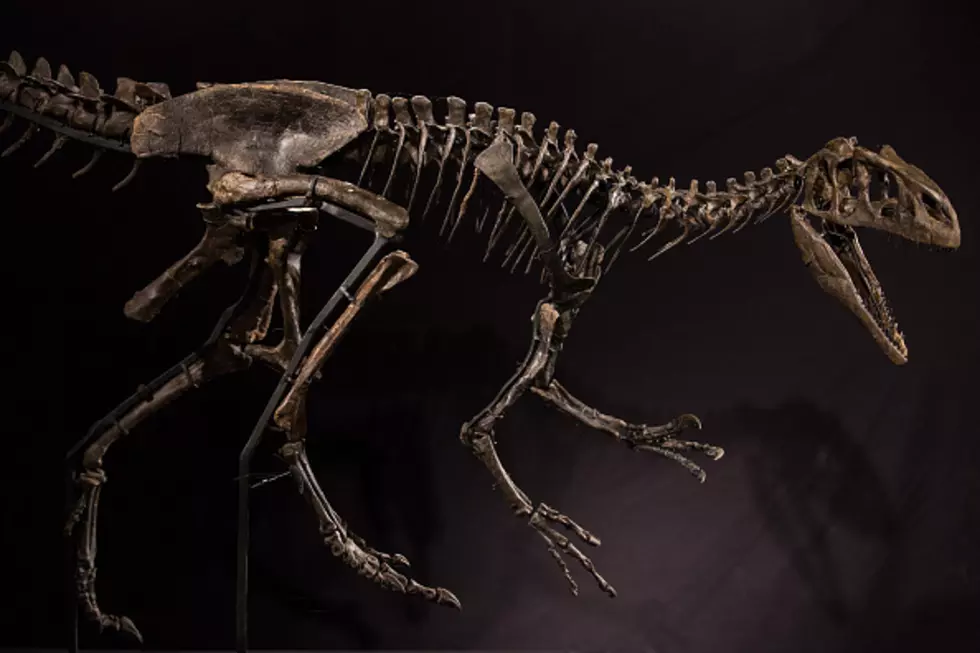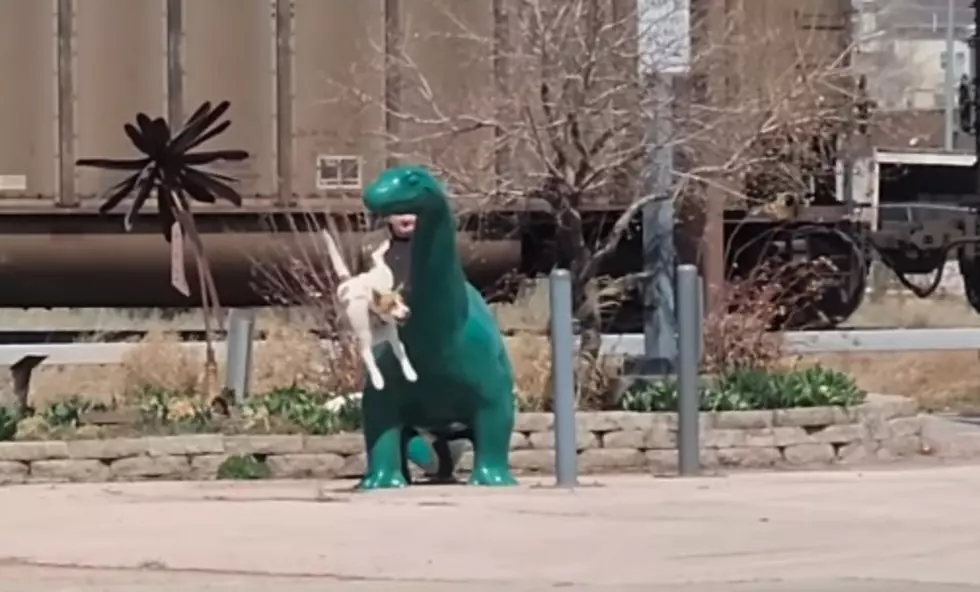
UW Investigates How Life Bounced Back After Dinosaur Extinction
The Earth is about 4.5 billion years old, according to our best estimates.
Many scientists say that they have evidence that 4.3 billion years ago, Earth may have developed conditions suitable to support life.
The oldest known fossils are only 3.7 billion years old.
The climate is always changing.
There have been many mass extinctions and restarts of life on this planet.
Sixty-six million years ago about 75 percent of the species on the planet went extinct.
That means 25% survived, including plant life.
Searching for clues from the fossil record researchers at the University of Wyoming are trying to understand how life rebounded.
Dr. Ellen Currano, a UW paleobotanist professor, focuses on plant fossils.
“Dust and yucky stuff was kicked up into the atmosphere blocking sunlight, creating a big extinction of the plants and then a big extinction of everything that relied on the plants,” she said. (Wyoming Public Media).
Dr. Currano said the study might help our understanding of why modern-day plants are how we see them today.
“Today we have 350,000 species of plants – after insects, this is the most diverse group of organisms on the planet,” she said. “This event was a big game changer in setting us up toward why we see the plants outside that we do today.” (WPM).
There will be a lot to explore to get the full picture.
There is actually a lot of debate as to what killed the dinosaurs.
Was it just a meteor impact? Was there more to it than that?
Many scientists believe that dinosaurs were already in trouble before that big metro stuck. The impact might just have pushed them to the edge a bit faster.
“We have folks studying dinosaurs, folks studying mammals and turtles and crocodiles, and then we have folks who look at chemical signals in the rocks,” she said. “Those can help us understand what the climate and other aspects of the environment were in that million years after the impact event.” (WPM).
Dr. Currano hopes to help humans better understand current mass extinction events and habitat loss connected to climate change.
The climate continues to change today, as it always does.
Today our climate is changing at a much slower pace than in the time of the dinosaur-extinction meteor strike, and we don't have as many volcanoes erupting around the planet.
As humans we have an advantage, we can think and adapt to the evolution of the climate.
The study is supported by multiple universities and research institutions around the country, including the University of Oregon, UC Boulder, and the Smithsonian National Museum of Natural History. (WPM).
Wyoming Dinosaur Center
Exploring Wyoming's Alcova River Canyon
More From Wake Up Wyoming









